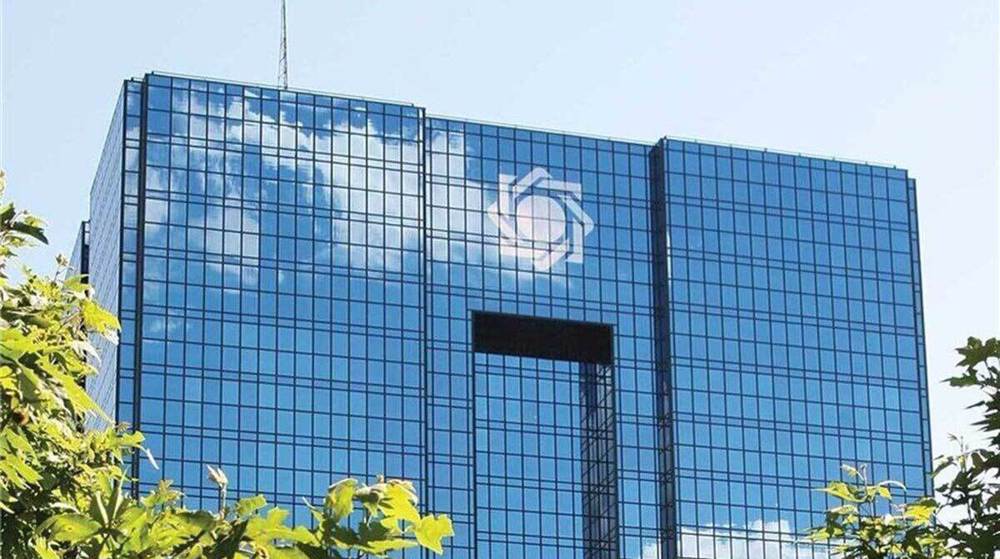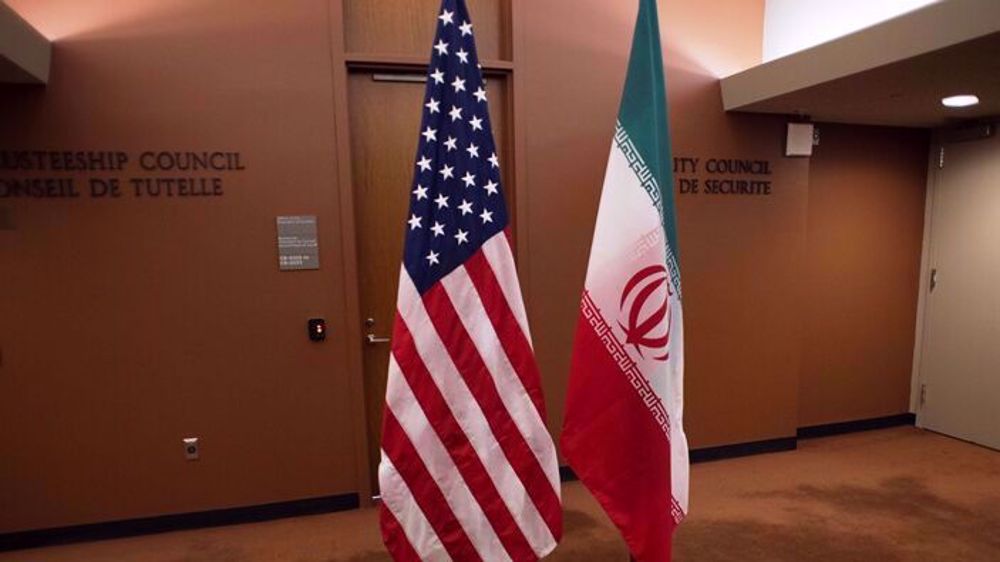Iran’s role in evolving Asia-Europe transit route
The Middle Corridor is often introduced as a rival to Iran's transit routes; however, a new review sees it as a potential complement to the existing corridors under the new geopolitical conditions.
With careful planning and proper investment, it says, the Middle Corridor also called the Trans-Caspian International Transport Route (TITR) can play an important role in the development of trade in Iran and the region, along with the International North-South Transit Corridor (INSTC).
The INSTC is a network of rail, ship and road routes to facilitate freight movement across India, Iran, Azerbaijan, Russia, Central Asia, and Europe.
In its recent report on the status of free and special trade-economic zones in northern Iran, the Chamber of Commerce, Industries, Mines and Agriculture has suggested the Islamic Republic review its position on the Middle and North-South Corridors.
The Middle Corridor is a combined route that connects China and Kazakhstan to Azerbaijan and Georgia via rail and sea by crossing the Caspian Sea and reaching Europe through Turkey on rail and sea.
The nominal cargo transit capacity on the Middle Corridor is put at 6 million tonnes, but its operational capacity currently stands at about 2 million tonnes which is estimated to surpass 11 million tonnes by 2030.
The Ukraine war has created a new vista for the Middle Corridor – in spite of its the technical and infrastructural constraints - as an alternative to diversify the transportation routes between Asia and Europe by creating geo-economic flexibility and reducing dependence on corridors through Russia.
According to estimates, the Middle Corridor will gradually become the main transit route between Asia and Europe. But for the foreseeable future, it is expected to remain mainly a regional corridor, operating on less than 40% of its capacity by 2030.
This means transit through the route will be mainly within the region and along the Caspian shores and in order to increase its intra-continental capacities, the main beneficiaries of the corridor have to invest in port, rail and road infrastructures along the route and bring new partners to the project.
Iran is one of the potential partners for the development of the Middle Corridor. The missing link in connecting the North-South Corridor to the Middle Corridor and integrating them is in fact Iran.
This gives Iran a special opportunity to play a central role in the project and put itself on the evolving map of transit routes between Asia and Europe. This explains why Iran should rethink its position on the Middle Corridor and revise its view of the route as a rival to the North-South Corridor. What Iran has to do is to establish itself as the bridge between two main routes.
Many observers see the North-South and Middle Corridors as potentially complementary, which will serve the interests of various parties. This reality has convinced even Russia to play an active role in the Middle Corridor in order to maintain the balance of power in the region.
The completion of the Zangezur transport link is set to give new weight to China in the east and Turkey in the west. To avoid marginalization and being left in the cold, Iran should play a stronger role in the transit of goods between the east and the west by activating the “Aras Corridor" and strengthening its transportation infrastructure.
'This is cruelty, not war,' Pope Francis slams Israel's brutality against Gaza children
IRGC intelligence forces bust Takfiri terrorist team in western Iran
Syria’s de facto new ruler names Asaad al-Shibani as foreign minister
How 8-year-old Lebanese child Fawaz nixed Ben Gurion’s 76-year-old fallacy
VIDEO | 700,000 Cubans rally at US embassy in Havana against trade embargo
Iranian embassy staffer assassinated by terrorists in Damascus
VIDEO | Press TV's News Headlines
Scandalous detention of Iranians by US to extort information










 This makes it easy to access the Press TV website
This makes it easy to access the Press TV website